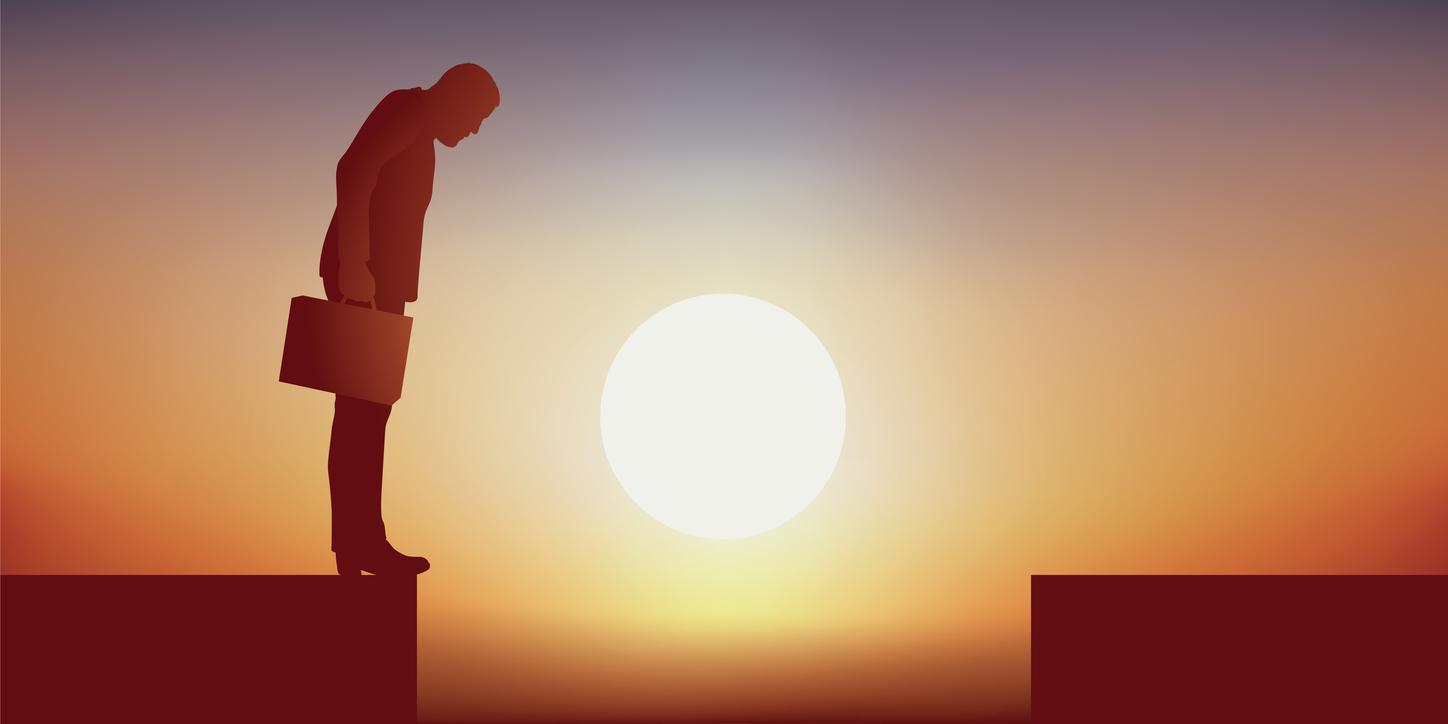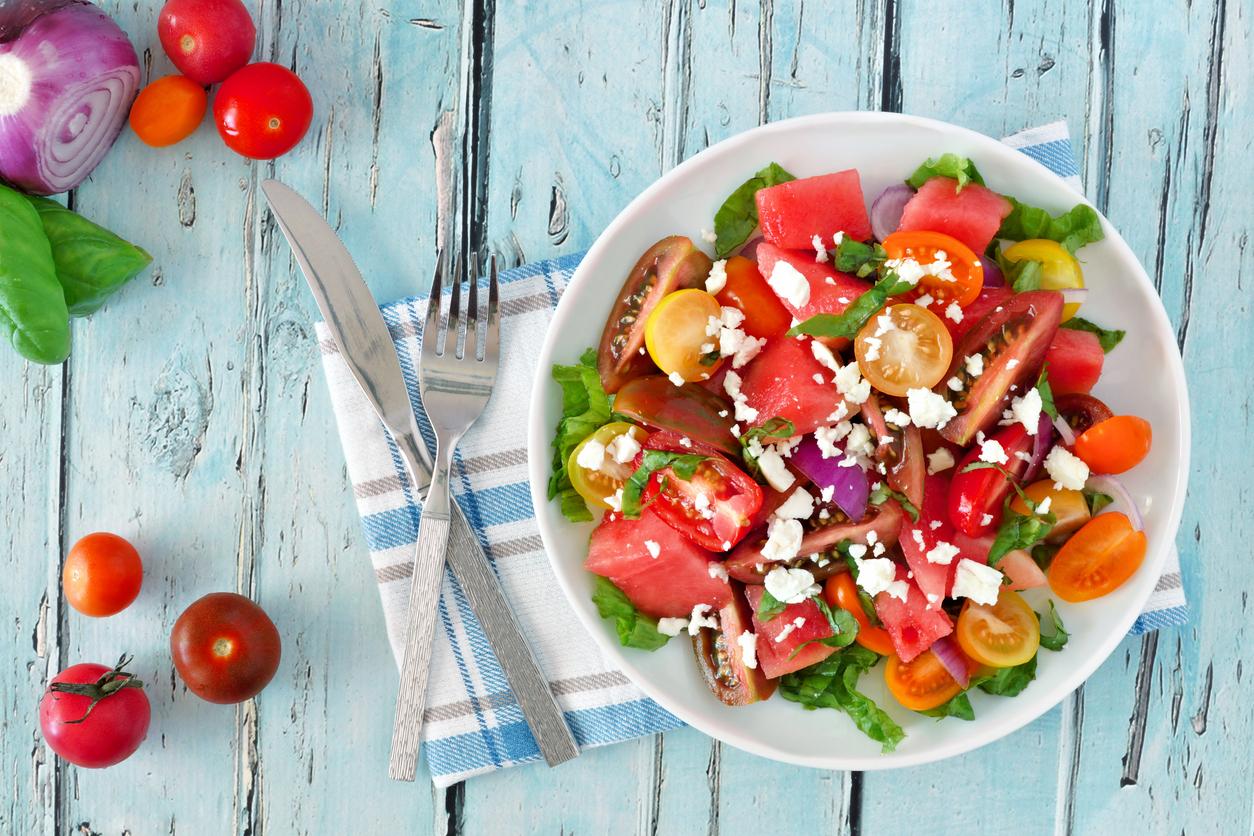Break a green bean in half!
When is your avocado at its best? How bad is it if you eat unripe tomatoes? How do you feel whether a green bean is not over-aged? Buy your vegetables at the best time from now on!
The best vegetables come directly from the land. That sounds logical, but actually it’s a bit exaggerated. Many vegetable varieties can withstand a trip to the store.
Also vegetables out canned or frozen often tastes good. It has been processed shortly after harvest and is therefore actually very fresh. They are still full of vitamins and minerals. However, for some varieties it is true that they are the tastiest and healthiest fresh. A few tips when buying fresh vegetables.
green bean
Break one in half. Do you hear ‘pop’? Then it’s fresh. Does it bend easily? Then it is an older bean. Many green beans come from far, for example from Kenya. They are sometimes old in the store. Have you bought crunchy ones but don’t eat them the same day? Do not keep them in the fridge, as they will brown and limp faster there.
Avocado
The fruit vegetable avocado is often unripe in the store. So a little too fresh. You will feel if you can eat it by squeezing it gently. Does the peel give a little bit? Then it is perfect to use in salads or on bread.
If the avocado is a bit softer, you can often still use it for mousse or guacamole. Incidentally, a hard avocado can ripen at home. For example, put it in a closed plastic bag on the windowsill.
Lettuce and spinach
It is best to eat nitrate-rich vegetables as fresh as possible. Nitrate can convert into the harmful nitrite. The longer they lie, the more of this unhealthy substance you can ingest. Check carefully whether the leaves still look clear and firm. Do not leave these types of vegetables in the refrigerator for more than two days.
Packaged vegetables have an expiration date. Nitrate-rich are also: endive, celery, purslane, turnip greens, watercress, beetroot, chard, pointed cabbage, Chinese cabbage, kohlrabi and fennel.
Potatoes and tomatoes
Potatoes and unripe tomatoes contain alkaloids, such as solanine, a substance that is harmful if you consume a lot of it. Most store-bought tomatoes are well ripe, and the most popular potato varieties contain very little of this compound.
It is important that you eat these vegetables at the right time. Exactly when they are ripe. Eat that big bag of potatoes before you see shoots, brown, bruised and green spots. Peel and cut those spots away if it’s too late anyway.
Store and cook
Have you found the perfect specimens of your favorite vegetable? Make sure that they are not damaged during checkout and transport home. Otherwise the quality will deteriorate quickly.
At home, most vegetables are best kept in the vegetable drawer keep. It is best not to store tomatoes, eggplant, zucchini, avocado, cucumber and bell pepper too cold.
By the way, peppers cannot ripen and change into a different color. The differences in colors have to do with the harvesting moment or the species.
Have you bought fresh vegetables and are you unexpectedly unable to eat them? Blanch them in boiling water for a minute and then freeze. Many nutrients are then simply preserved for a moment when you do have time to cook.
Buy from the farmer
Vegetables up close, fresh from the field, are not always better for your health than the ones flown in in the vegetable section of the supermarket. Seasonal vegetables from the neighborhood naturally have less of an impact on the environment than, for example, a green bean from Kenya.
However, it often tastes very good if you have bought the vegetables yourself on the bike from a farmer in the area. Find out where there are farm shops or vegetable stalls in your area. You can also take a look at www.landwinkel.nl.
Sources:
* www.voedingscentrum.nl
* www.agf.nl
















